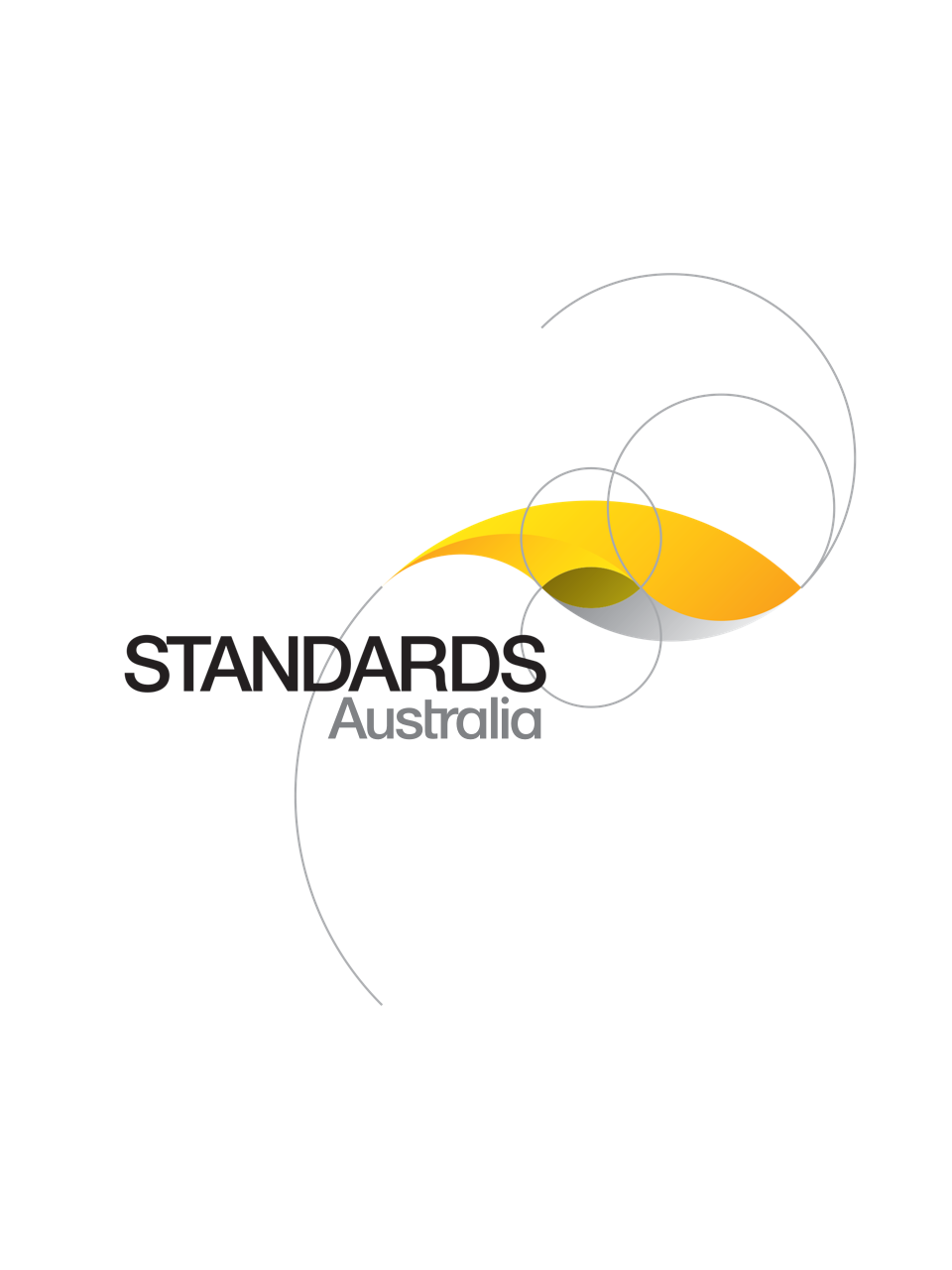Standard
UPDATE AVAILABLE
AS 1418.7-1999
[Superseded]Cranes (including hoists and winches), Part 7: Builders hoists and associated equipment
Specifies requirements additional to those in AS 1418.1 covering builders hoists and associated equipment. Types included are materials hoists, concrete skip hoists and personnel and materials hoists as defined in AS 2549. Application, classification, loads, load combinations, design, construction, marking and testing are covered. Appendices provide information that should be supplied with tender for supply of a hoist and hazards which should be considered by the designer when designing the hoist.
Published: 05/10/1999
Pages: 44
Table of contents
Cited references
Content history
Table of contents
Header
About this publication
PREFACE
1 SCOPE AND GENERAL
1.1 SCOPE
1.2 NEW DESIGNS AND INNOVATION
1.3 APPLICATION
1.4 REFERENCED DOCUMENTS
1.5 DEFINITIONS
1.6 SAFETY
2 GENERAL REQUIREMENTS FOR DESIGN
2.1 BASIS OF DESIGN
2.2 CLASSIFICATION OF HOIST
2.3 DEFLECTION
2.4 TIES
2.5 DRIVING MECHANISMS
2.6 DRIVE UNIT ISOLATION
2.7 GUARDING
2.8 RACK-AND-PINION DRIVE
2.9 SAFETY GEAR
2.9.1 General
2.9.2 Retardation
2.9.3 Release
2.9.4 Level
2.9.5 Operating conditions
2.9.6 Springs
2.9.7 Additional requirements for platforms fitted with overspeed devices
2.10 BRAKING SYSTEM
2.10.1 General
2.10.2 One brake
2.10.3 Rack-and-pinion hoists
2.10.4 Hydro-mechanical brakes
2.11 OVERLOAD DETECTION DEVICE
2.11.1 General
2.11.2 Exception
3 MATERIALS HOISTS AND CONCRETE SKIP HOISTS
3.1 SCOPE OF SECTION
3.2 LOAD RATING
3.2.1 Materials hoist
3.2.2 Concrete skip hoist
3.3 LOADS
3.3.1 Rated load
3.3.2 Gravitational loads
3.3.3 Inertial loads
3.3.4 Incidental forces
3.4 LOAD COMBINATIONS
3.5 DESIGN AND CONSTRUCTION
3.5.1 Design
3.5.2 Mechanism
3.5.2.1 Mechanism design
3.5.2.2 Design life of mechanism
3.5.3 Rope-reeving system
3.5.4 Platform
3.5.4.1 Floor loading
3.5.4.2 Platform-sill loading
3.5.4.3 Clearance around platform
3.5.4.4 Hoist platform guardrailing
3.5.4.5 Platform gates and fold-down flaps
3.5.4.6 Retention on guiderails
3.5.5 Overrun clearance
3.5.5.1 General
3.5.5.2 Rack and pinion hoist
3.5.6 Landings
3.5.6.1 Landing clearance
3.5.6.2 Landing gates
3.5.6.3 Landing gate to platform side clearance
3.5.7 Landing-gate interlocking and signalling systems
3.5.7.1 Interlocking
3.5.7.2 Signalling
3.5.8 Height indicators
3.5.9 Base level guardrailing
3.5.10 Hoist enclosures
3.5.10.1 Provision of enclosure
3.5.10.2 Dimensions
3.5.10.3 Resistance to deflection
3.5.11 Overhead protection for operator
3.5.12 Hoist-motion limit
3.6 INSTALLATION
3.6.1 Footings and foundation
3.6.2 Guys
3.6.3 Receiving hopper
3.7 MARKING
3.8 TESTING
3.8.1 Tests
3.8.2 Type test
3.8.2.1 No-load test
3.8.2.2 Rated load test
3.8.3 Overload test
3.8.4 On site tests
4 PERSONNEL AND MATERIALS HOISTS
4.1 SCOPE OF SECTION
4.2 LOAD RATING
4.3 LOADS
4.3.1 Gravitational loads
4.3.2 Inertial loads
4.3.3 Incidental forces
4.3.4 Loading due to operation of safety gear
4.4 LOAD COMBINATIONS
4.5 DESIGN AND CONSTRUCTION
4.5.1 Design
4.5.2 Mechanism
4.5.2.1 Mechanism design
4.5.2.2 Design life of mechanism
4.5.2.3 Rack-and-pinion hydraulically driven
4.5.3 Rope-reeving system
4.5.4 Car
4.5.4.1 Floor loading
4.5.4.2 Load-platform sill loading
4.5.4.3 Car enclosure
4.5.4.4 Car door
4.5.4.5 Retention on guiderails
4.5.5 Car and counterweight guides
4.5.6 Overrun clearances
4.5.6.1 Rope-driven hoists
4.5.6.2 Rack-and-pinion hoists
4.5.6.3 Buffers and pits
4.5.7 Safety gear and governor
4.5.7.1 Provision of safety gear
4.5.7.2 Rope-suspended hoists
4.5.7.3 Rack-and-pinion hoists
4.5.7.4 Safety gear and governor marking
4.5.7.5 Counterweights
4.5.7.6 Protection against weather
4.5.7.7 Prevention of damage to guides
4.5.7.8 Release of safety devices
4.5.7.9 Opening of brake and motor control circuits on safety application
4.5.7.10 Application of car safety device
4.5.7.11 Allowable stresses for design of safety gear and rope connections
4.5.8 Landings
4.5.8.1 Provision of landings
4.5.8.2 Floor load
4.5.8.3 Landing-sill loading
4.5.8.4 Sill clearance
4.5.8.5 Landing gates
4.5.9 Landing-gate and car-door mechanical locks and electrical interlocks
4.5.10 Base level enclosure
4.5.11 Hoist enclosures
4.5.11.1 Provision of enclosure
4.5.11.2 Dimensions
4.5.11.3 Resistance to deflection
4.5.12 Additional enclosures
4.5.13 Hoist control
4.5.14 Terminal limit switches and devices
4.5.14.1 Terminal stopping devices
4.5.14.2 Slack-rope device
4.5.15 Enclosure of machinery and controls
4.5.16 Counterweights
4.6 INSTALLATION
4.6.1 Footings
4.6.2 Electrical installation
4.6.2.1 General
4.6.2.2 Control circuit wiring
4.6.2.3 Gate-interlock and safety circuits
4.6.2.4 Lighting
4.7 MARKING
4.8 TESTING
4.8.1 Tests
4.8.2 Type test
4.8.2.1 No-load test
4.8.2.2 Rated capacity load test
4.8.2.3 Overload test
4.8.2.4 Buffer test
4.8.3 On site tests
4.9 COMMUNICATIONS
4.10 EMERGENCY OPERATION AND ACCESS
APPENDIX A
APPENDIX B
APPENDIX C
C1 SCOPE
C2 TYPES OF FERRULES
C3 DESIGNATION
C4 DIMENSIONS AND TOLERANCES
C5 MATERIAL PROPERTIES
C6 MANUFACTURE
C7 TESTING
C7.1 General
C7.2 Batch sampling
C7.3 Additional testing
C8 MARKING
C9 SELECTION OF FERRULE BLANKS FOR A GIVEN ROPE
C10 STANDARD DIMENSIONS FOR SWAGED FERRULES
C11 PREPARATION OF THE ROPE FOR PRESSING
C12 PRESSING OF THE ROPE FERRULE
C13 APPLICATION TEMPERATURES
C14 TESTING
Cited references in this standard
One-time Purchase
Access via web browser on any device
One-time purchase
Single publication
Offline access via PDF^
$142.09 AUD
Inclusive of GSTFormat *
Web Reader
Licenses *
1 License (for yourself - not shareable)
Total$142.09 AUD
IMPORTANT
